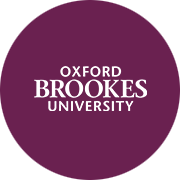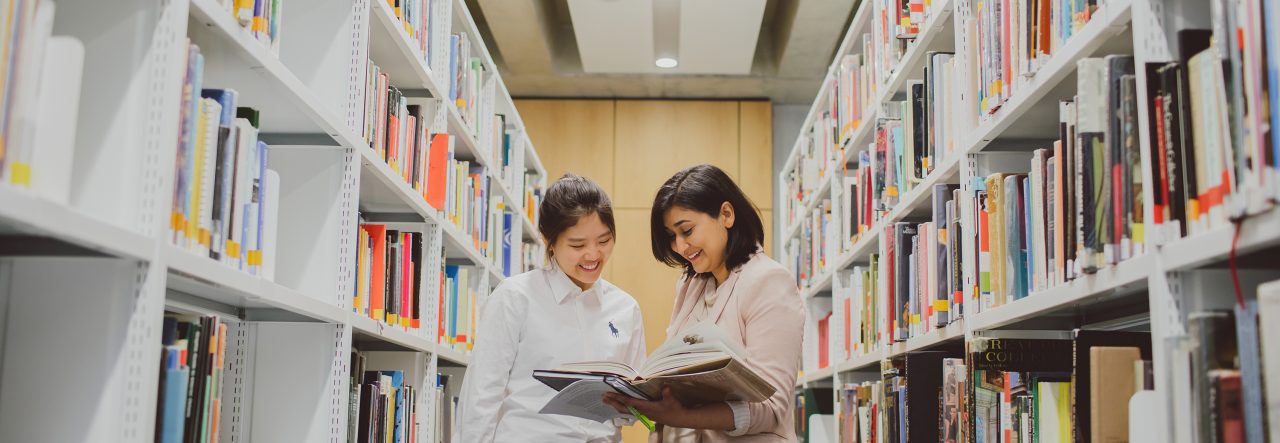The Technology Engagement Group (TEG) was originally launched by Richard Francis in 2015.
TEG show-and-tell events allow participants to demonstrates and share technology and new tools. We usually do this via our Lunchbytes sessions. Lunchbytes are short, informal, lunchtime discussions of accessible new or lesser known technologies that might prove useful to staff and students.
Anyone at Brookes is welcome to present at the TEG – it’s not just for library or IT staff. Likewise, attendance is open to all at Brookes. If you have any suitable suggestions for a topic we should cover or would like to present, please get in touch with us: digitalservices@brookes.ac.uk.
What technology and tools has the TEG explored?
Topics covered by the TEG are many and varied, including:

We’d just like to highlight a couple of these subjects in particular and look at the impact on our users of these technologies. First of all, let’s look at Virtual Reality (VR).
Virtual reality
If you walked past the external window of JHB111 on Headington campus during pre-Covid 19 times you may have spotted a student or member of academic staff using our VR equipment.
Virtual Reality has proven to be very popular with the Fine Art department. Timetabled group sessions enable students to experience using the equipment and have led a number of undergraduate and postgraduate students to use VR for their assessed work.
Indeed, we were surprised on one occasion when one student told us that she accepted a place at Brookes specifically because she discovered during her interview that VR equipment for art creation was available. This does show the attraction to some artists of using Virtual Reality for artwork creation. We have seen that many students who use VR do very well academically.
One of the very pleasing outcomes for our students using VR to generate artworks is the uptake from galleries in exhibiting this content. We have had two students exhibit their work in external locations, in London and in Oxford.
Let’s move onto another area of TEG work – photogrammetry.
Photogrammetry

This is a technique we use to generate 3D models of real world objects. It’s an approach that has proven useful to a number of staff and students across Brookes.
In these cases a student or staff member requires a digital model of a real object. Sometimes this is to add them to a VR artwork, whilst in others it’s to 3D print replicas of the original item. We have had undergraduate and postgraduate students use photogrammetry to generate 3D models for their assessed coursework. In these difficult times, we have also seen the value in creating these models for use in virtual exhibitions, where students can display their work without the requirement for a person to come and view the physical object.

The 3D models created using photogrammetry can be viewed in VR or with a normal 2D monitor (Windows 10 has a built-in viewer). The chimp on this page is a screen grab of a 3D model of an artwork created by Laura Smith. Laura made this amazing chimp from strips of cardboard. Although we cannot demonstrate this here, viewing the 3D model is a much more engaging and informative experience than looking at a photo or screenshot.
Staff have also used photogrammetry to create content for exhibitions. For example, Dr Clair Chinnery wished to make 3D models of a number of human milk teeth. These models were to be 3D printed at a much enlarged scale compared to the size of the original teeth.
The photo of the Pound coin has next to it one of the original milk teeth, painted in multiple colours to assist with the photogrammetric process. You can see that the milk tooth is absolutely tiny. Clair was unable to scan these teeth successfully with a laser scanner due to the small size of the objects but using photogrammetry she was able to make a series of digital 3D model files.

These files were 3D printed using the library’s 3D printer. An example print shot of the printer is shown in the photo, complete with a water-soluble support layer at the bottom that washes away to reveal the smooth surface of the model. The cup next to the print shows just how large it is, several hundred times the size of the original tooth. These models formed part of an exhibition at Brookes in the Glass Tank and were also exhibited a few months later in the Bodleian’s Weston Library.
These are just two of the technologies and techniques the TEG has showcased over the last six years. If you would like to discover more about these technologies or the TEG, please contact digitalservices@brookes.ac.uk.
— Gerard Helmich, Digital Developer

